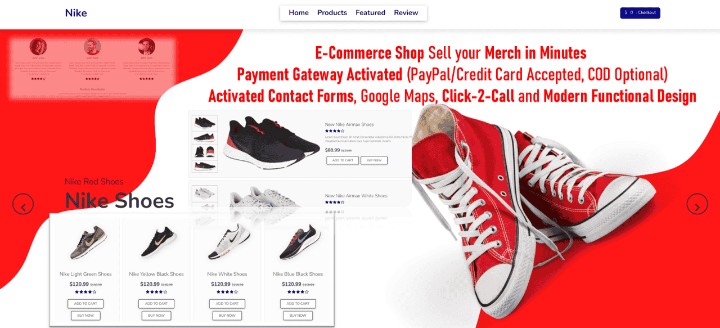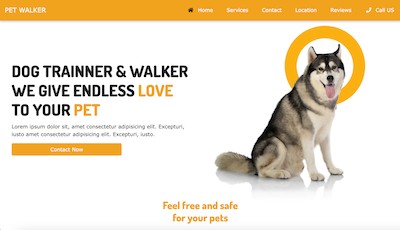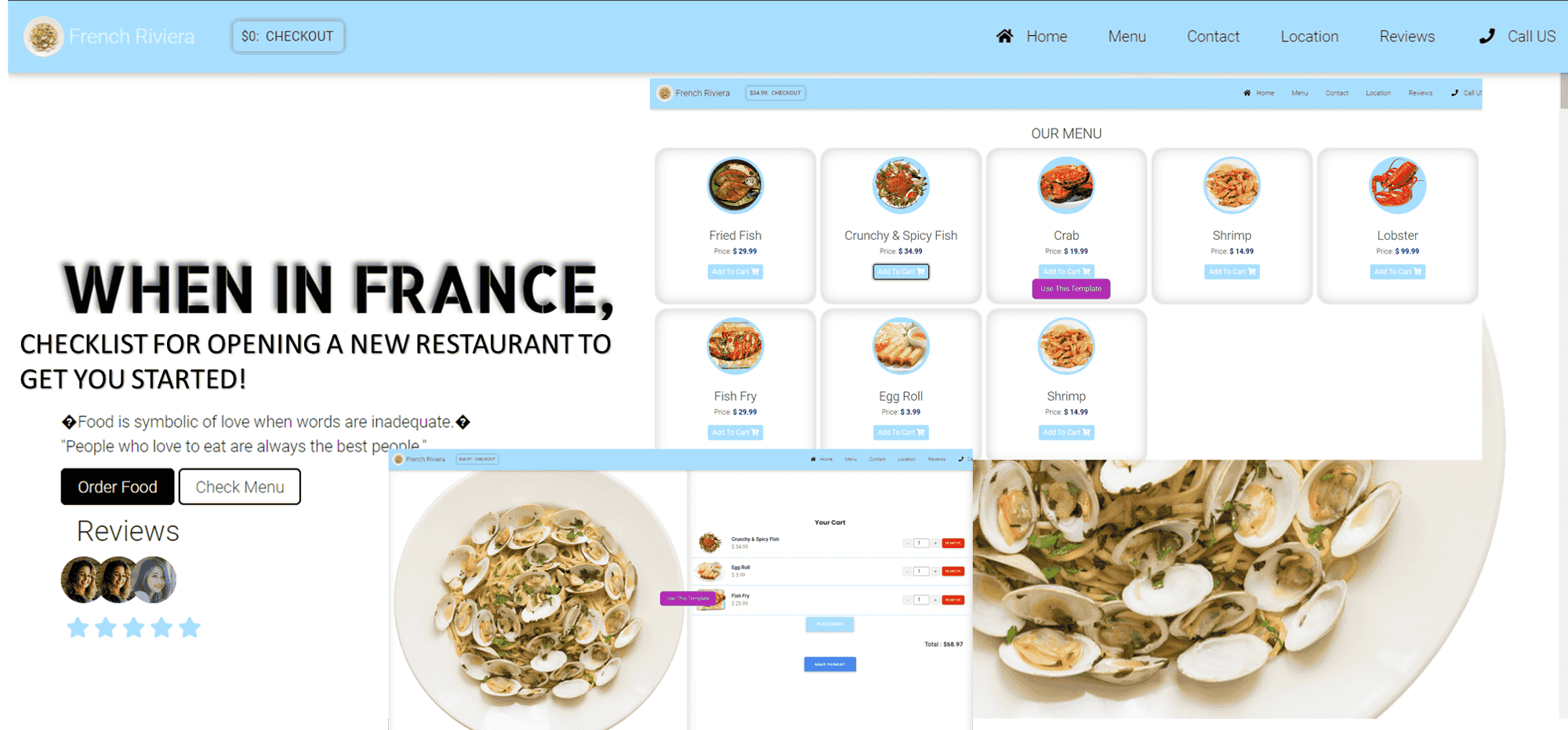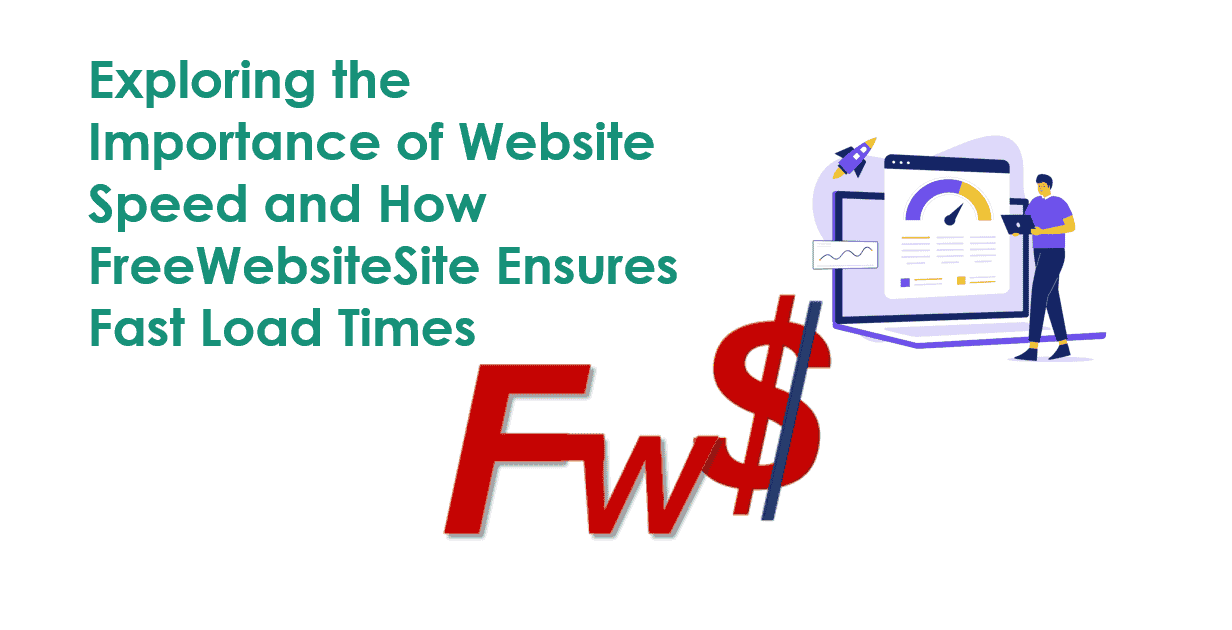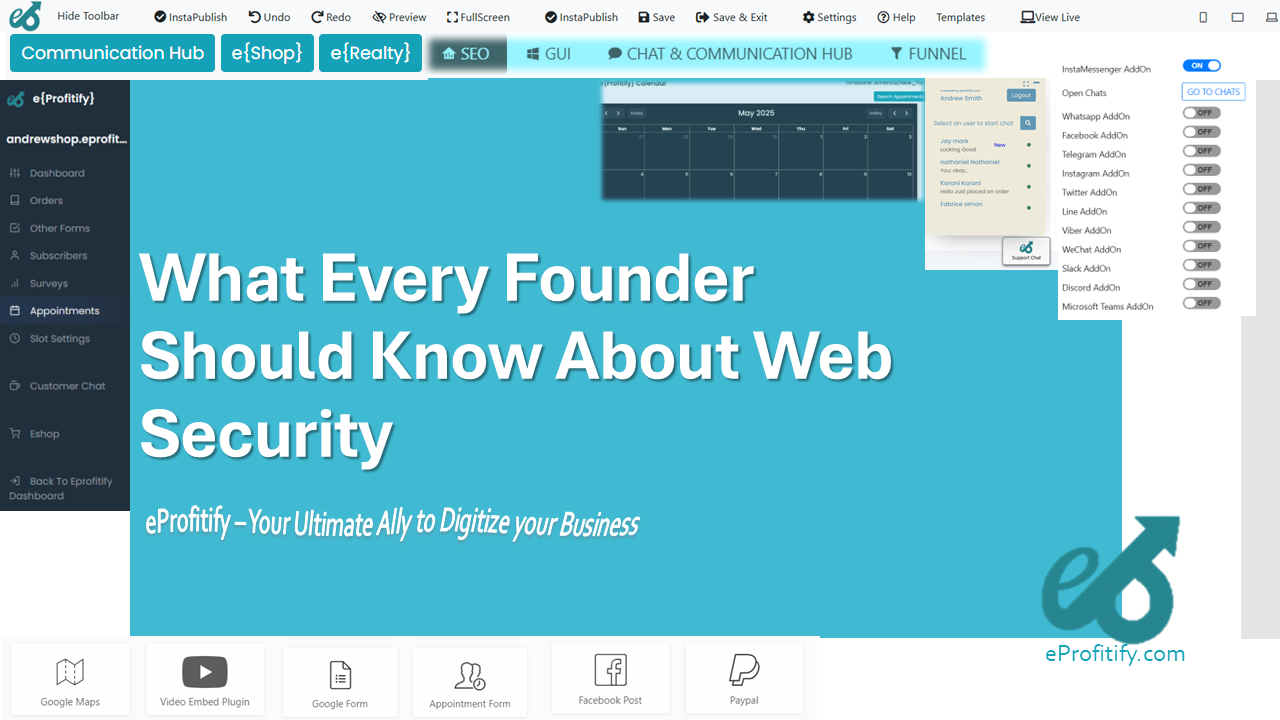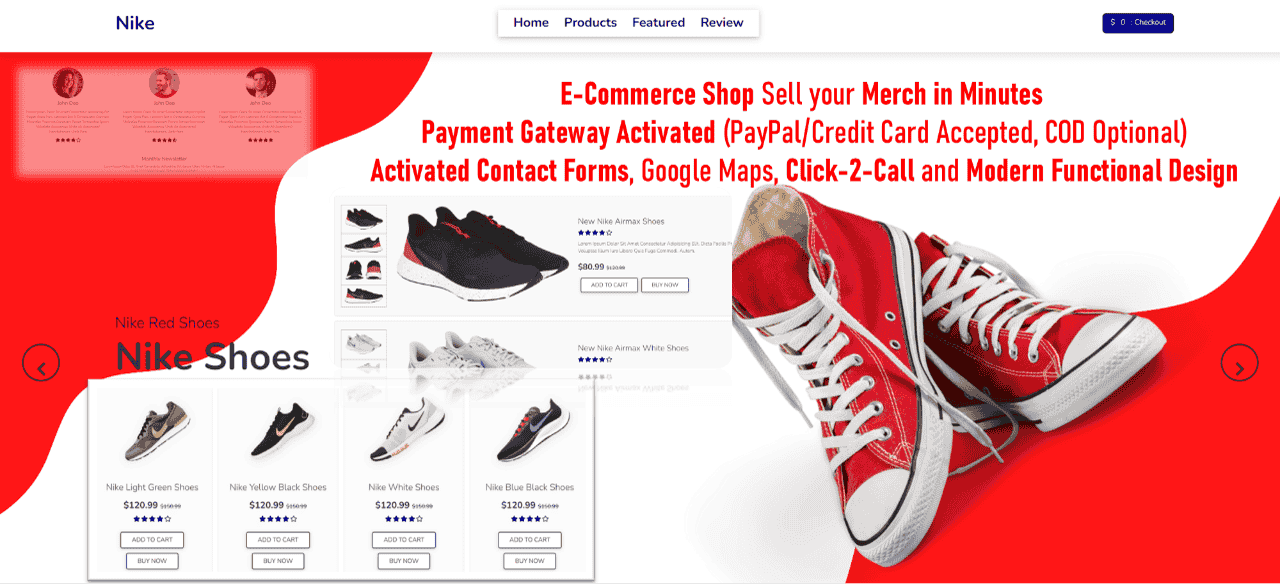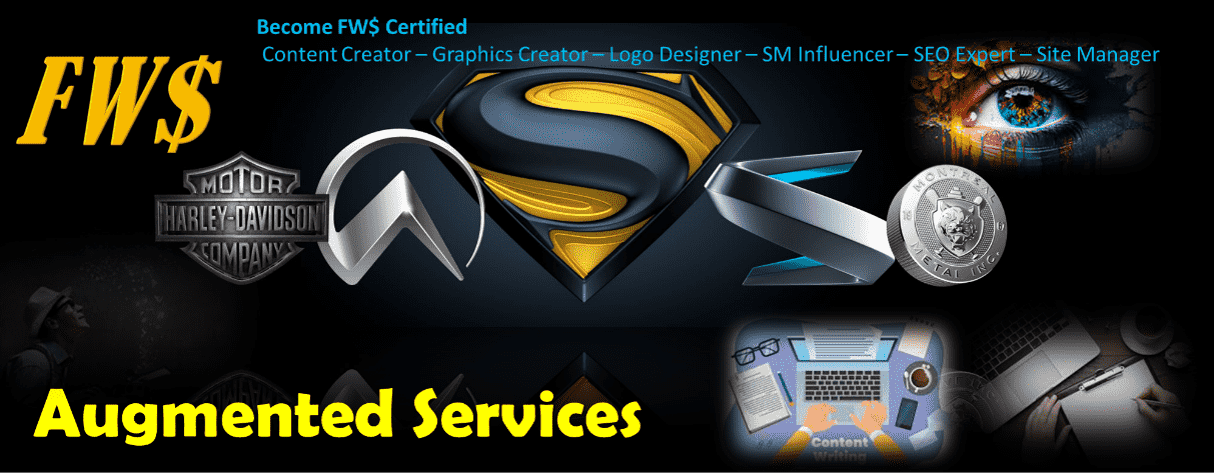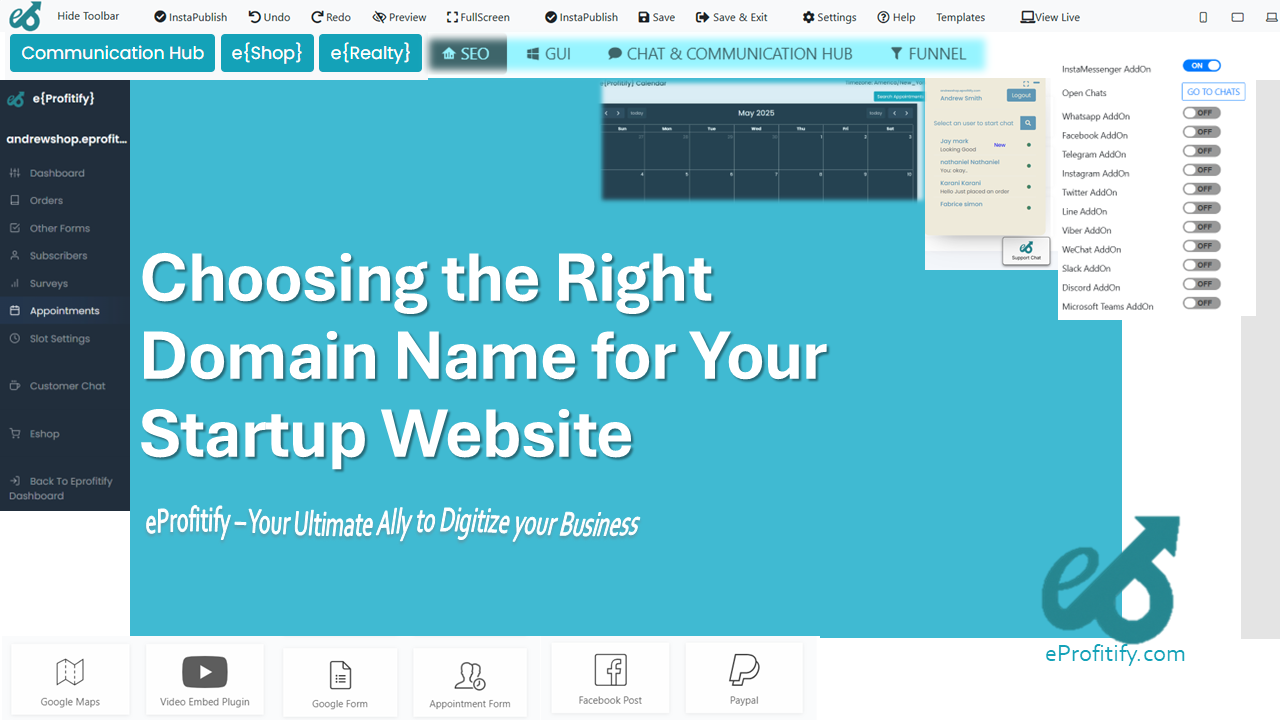What Is a Headless CMS and Should You Use One?
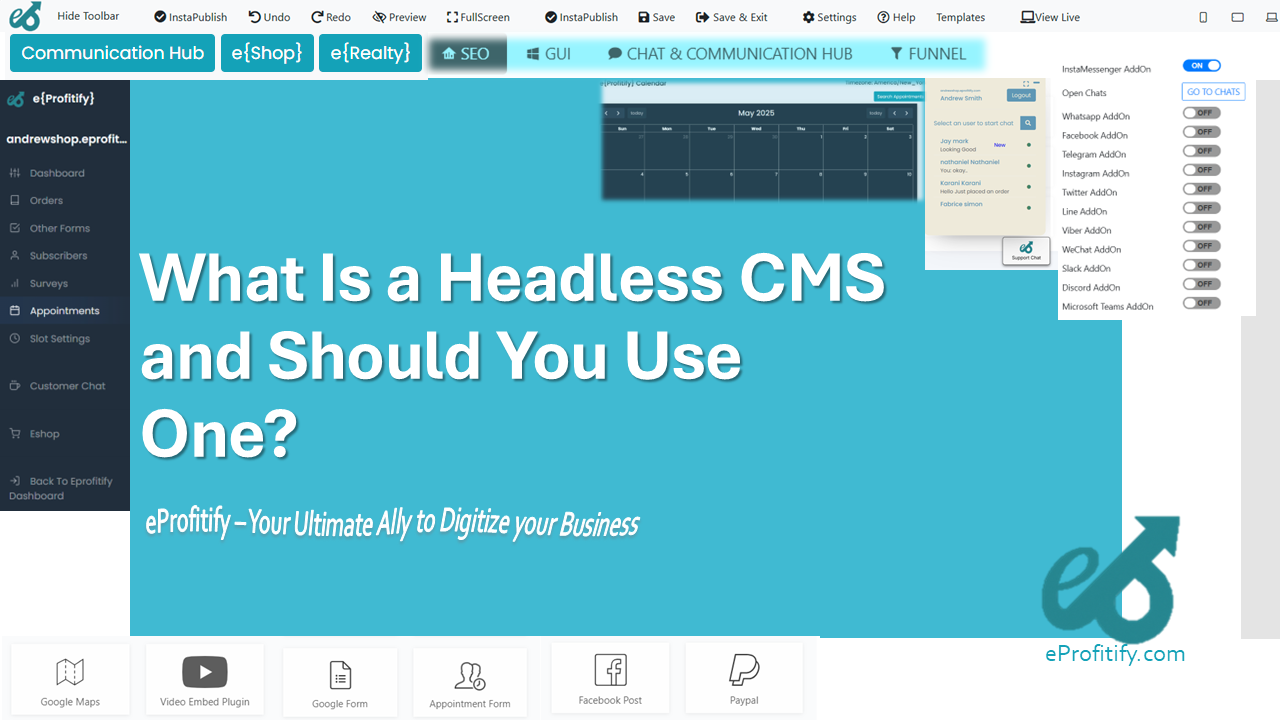
What Is a Headless CMS and Should You Use One?
The digital landscape is evolving rapidly, and businesses are increasingly prioritizing flexibility, scalability, and seamless content delivery across multiple platforms. Enter the headless CMS—a modern solution redefining content management. In this article, we’ll explore what a headless CMS is, its benefits and drawbacks, and whether it’s the right choice for your business. We’ll also highlight eProfitify, a leading all-in-one website publishing and management platform that combines headless CMS capabilities with powerful tools like instant messaging, appointment scheduling, ecommerce, and CRM.
Understanding Headless CMS
A headless CMS is a backend-only content management system that decouples content creation and storage (the "body") from the frontend presentation layer (the "head"). Unlike traditional CMS platforms like WordPress, which bundle content and design, a headless CMS delivers content via APIs to any frontend—websites, mobile apps, IoT devices, or digital kiosks. This architecture allows developers to use any programming language or framework to display content, offering unparalleled flexibility.
Key Features of a Headless CMS:
- API-First Architecture: Content is distributed via RESTful or GraphQL APIs.
- Omnichannel Delivery: Publish content across websites, apps, voice assistants, and more.
- Developer-Friendly: Freedom to use modern frameworks like React, Vue.js, or Angular.
- Enhanced Security: Reduced attack surface due to the separation of backend and frontend.
Headless CMS Statistics: Why Businesses Are Making the Switch
The global headless CMS market is booming. According to MarketsandMarkets, it’s projected to grow from $1.6 billion in 2023 to $5.1 billion by 2028, at a 24.3% CAGR. Additional insights:
- 72% of developers prefer headless CMS for its flexibility and scalability (Contentful, 2023).
- Companies using headless CMS report 40% faster page load times, reducing bounce rates by 30% (Akamai).
- 64% of enterprises prioritize omnichannel strategies, driving demand for headless solutions (Gartner).
Pros and Cons of a Headless CMS
Pros:
- Omnichannel Readiness: Deliver content seamlessly across devices and platforms.
- Future-Proof: Easily adapt to new technologies without overhauling the backend.
- Improved Performance: Lightweight APIs enhance speed and user experience.
- Scalability: Handle high traffic and global audiences efficiently.
Cons:
- Technical Complexity: Requires developer expertise to build and maintain frontends.
- Higher Initial Costs: Setup and integration may demand more resources.
- No Built-In Frontend: Teams must manage presentation layers separately.
Should You Use a Headless CMS?
A headless CMS is ideal for businesses:
- Targeting multiple platforms (web, app, IoT).
- Prioritizing customized user experiences.
- Needing fast, scalable solutions for high traffic.
- Investing in future-proof tech like AR/VR or voice search.
However, smaller businesses with simple websites might find traditional CMS platforms more cost-effective.
eProfitify: Bridging Headless CMS with Comprehensive Business Tools
For organizations seeking the benefits of a headless CMS without sacrificing ease of use or integration, eProfitify emerges as a leading solution. This all-in-one platform combines a robust headless CMS with tools for instant messaging, appointment management, ecommerce, CRM, and more—making it a holistic choice for modern businesses.
Key Features of eProfitify:
-
Headless CMS:
- Manage and deliver content via APIs to any frontend.
- Create structured content models for diverse channels.
-
Instant Messaging:
- Engage customers in real-time with built-in chat, boosting satisfaction by 35% (eProfitify case study).
-
Appointment Management:
- Automate scheduling for industries like healthcare, education, and hospitality.
-
Ecommerce Integration:
- Launch and manage online stores with product catalogs, payments, and inventory tools.
-
CRM System:
- Track customer interactions, segment audiences, and personalize marketing campaigns.
-
Analytics & SEO:
- Monitor performance and optimize content across channels.
Why Choose eProfitify?
eProfitify addresses the traditional downsides of headless CMS by bundling essential tools into one platform. For example:
- Reduces complexity by integrating CRM and ecommerce with content delivery.
- Cuts costs by eliminating the need for multiple third-party tools.
- Enhances collaboration with unified dashboards and workflows.
According to eProfitify’s 2023 report, businesses using their platform saw a 50% faster time-to-market and 25% higher conversion rates due to seamless omnichannel experiences.
Conclusion
A headless CMS is a powerful choice for businesses aiming to deliver dynamic, omnichannel content. While it requires technical expertise, platforms like eProfitify simplify adoption by offering an integrated suite of tools—from headless CMS and CRM to ecommerce and instant messaging.
If your organization values scalability, customization, and future-ready technology, a headless CMS paired with eProfitify’s ecosystem could be the key to staying competitive. As digital experiences grow more complex, investing in flexible solutions today ensures you’re prepared for tomorrow’s challenges.
Explore eProfitify’s headless CMS and tools today to transform your content strategy!
